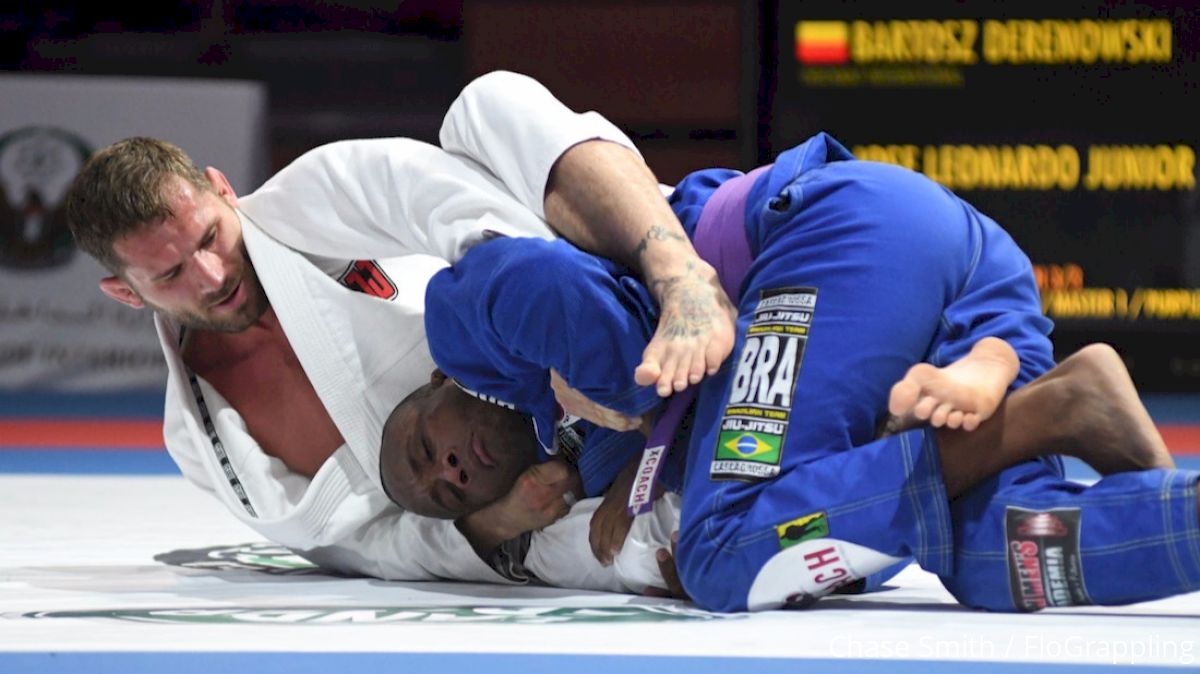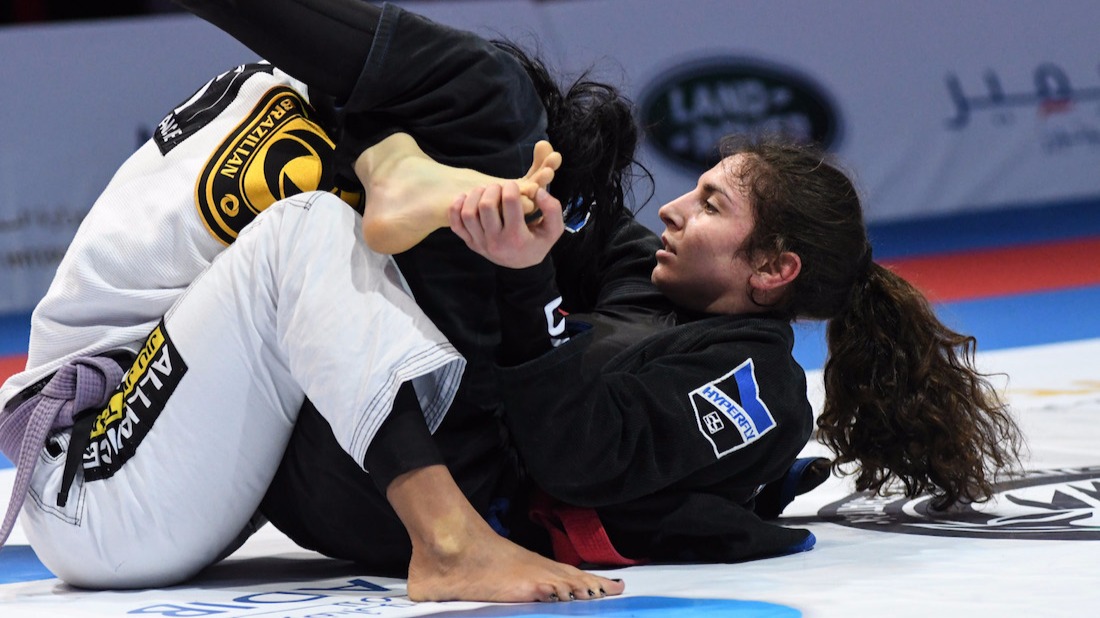Abu Dhabi 2017 World Professional Jiu-Jitsu ChampionshipApr 19, 2017 by Hywel Teague
The Erosion of Brazilian Dominance: World Pro Medals By Country
The Erosion of Brazilian Dominance: World Pro Medals By Country
A quick glance at the results for the adult male and female blue and purple belts offers an interesting fact. Brazil’s traditional dominance of the sport is being challenged by competitors from round the world.

Two days into the Abu Dhabi 2017 World Pro Jiu-Jitsu Championships and the results for the blue and purple belts are in.
A quick glance at the results for the adult male and female blue and purple belts offers an interesting fact. Brazil’s traditional dominance of the sport is being challenged by competitors from round the world.
The UAEJJF has introduced a new rule at brown and black belt that will limit the two competitors per country in the same weight division. For now, there is no limit by country in blue or purple belt.
In the male blue and purple belt divisions, Brazil still leads the way in the medal count with the most gold, silver and bronze medals although a diverse collection of countries also claimed medals of all colors.
With seven weight categories in the mens’s divisions, Brazil only managed to claim more than half of the available gold medals at purple belt, where they took four out of three possible gold medals.
Brazil 3
Australia 1
Belgium 1
Russia 1
United States 1
Silver
Brazil 2
Egypt 1
Mexico 1
Yemen 1
UAE 1
Bronze
Brazil 3
Russia 2
Croatia 1
Spain 1
Brazil 4
Poland 1
Russia 1
United States 1
Silver
Brazil 3
United States 2
France 1
Portugal 1
South Korea 1
Bronze
Brazil 3
Australia 1
Japan 1
United States 1

There are five weight categories for women, and Brazil was able to only claim two medals in total, one gold and one bronze.
Brazil had more success at purple belt, taking three of five possible gold medals. Sweden and Portugal were the other countries to claim victory.
Brazil 1
Canada 1
South Korea 1
Sweden 1
UK 1
Silver
Argentina 1
Poland 1
South Africa 1
UAE 1
United States 1
Bronze
Brazil 1
Canada 1
Mongolia 1
Slovenia 1
Russia 1
Brazil 3
Portugal 1
Sweden 1
Silver
Angola 1
Australia 1
Brazil 1
Phillipines 1
Sweden 1
Bronze
Brazil 1
China 1
Mongolia 1
Phillipines 1
United States 1
The results show that at the very least, jiu-jitsu is growing across the planet and there is plenty of talent emerging from countries around the world that people never considered as hotspots for jiu-jitsu.

A quick glance at the results for the adult male and female blue and purple belts offers an interesting fact. Brazil’s traditional dominance of the sport is being challenged by competitors from round the world.
The UAEJJF has introduced a new rule at brown and black belt that will limit the two competitors per country in the same weight division. For now, there is no limit by country in blue or purple belt.
In the male blue and purple belt divisions, Brazil still leads the way in the medal count with the most gold, silver and bronze medals although a diverse collection of countries also claimed medals of all colors.
With seven weight categories in the mens’s divisions, Brazil only managed to claim more than half of the available gold medals at purple belt, where they took four out of three possible gold medals.
Male blue belt
GoldBrazil 3
Australia 1
Belgium 1
Russia 1
United States 1
Silver
Brazil 2
Egypt 1
Mexico 1
Yemen 1
UAE 1
Bronze
Brazil 3
Russia 2
Croatia 1
Spain 1
Male purple belt
GoldBrazil 4
Poland 1
Russia 1
United States 1
Silver
Brazil 3
United States 2
France 1
Portugal 1
South Korea 1
Bronze
Brazil 3
Australia 1
Japan 1
United States 1

There are five weight categories for women, and Brazil was able to only claim two medals in total, one gold and one bronze.
Brazil had more success at purple belt, taking three of five possible gold medals. Sweden and Portugal were the other countries to claim victory.
Women blue belt
GoldBrazil 1
Canada 1
South Korea 1
Sweden 1
UK 1
Silver
Argentina 1
Poland 1
South Africa 1
UAE 1
United States 1
Bronze
Brazil 1
Canada 1
Mongolia 1
Slovenia 1
Russia 1
Women purple belt
GoldBrazil 3
Portugal 1
Sweden 1
Silver
Angola 1
Australia 1
Brazil 1
Phillipines 1
Sweden 1
Bronze
Brazil 1
China 1
Mongolia 1
Phillipines 1
United States 1
What does this mean?
Analyzing the performance of colored belts is not the most accurate method but allows us opportunity to spot trends.The results show that at the very least, jiu-jitsu is growing across the planet and there is plenty of talent emerging from countries around the world that people never considered as hotspots for jiu-jitsu.
